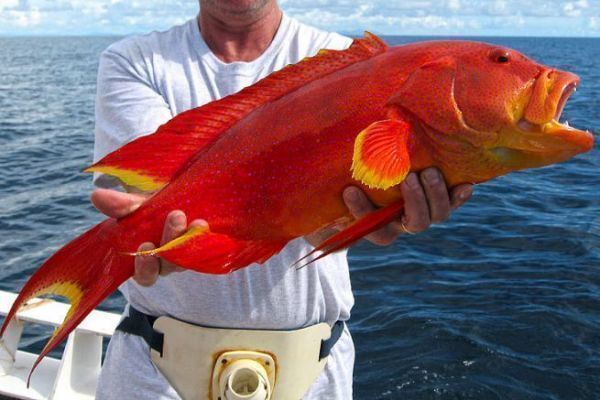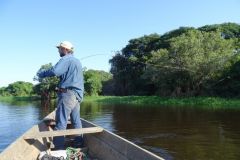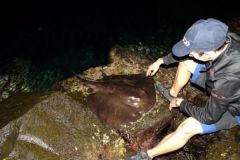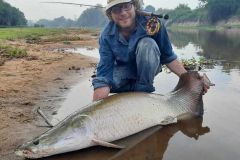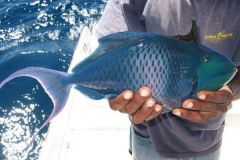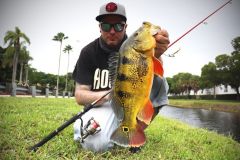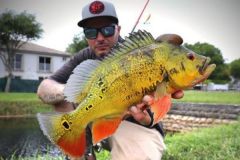Scientific name
Variola louti (Forsskňl, 1775)
Morphology
Also known as yellow crescent grouper, the yellow crescent tail is easy to identify by its name. Its caudal fin is crescent-shaped and edged with a bright yellow border. Its body is red with numerous yellow spots.
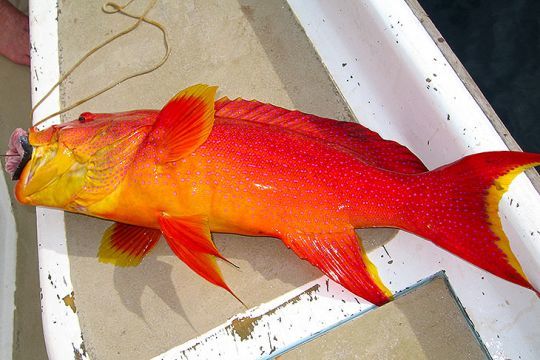
Like the tail, the other fins are all marked with a yellow border in the direction of the fish's tail. Under the dorsal fin, there are three pale orange spots. Juveniles have a lighter coat and a broad brown stripe from eye to tail.
Crescent yellowtail fishing grounds
It is mainly found in South Africa and as far as the Red Sea, via Madagascar. But it can also be found further east throughout the Pacific, in Japan, Australia and Polynesia... This magnificent species can be observed both in lagoons and outside coral reefs further offshore.
Fishing techniques
This small grouper is fished mainly on the bottom using slow-jigs and longlines. Pieces of bonito are cut up and presented flush with the bottom.
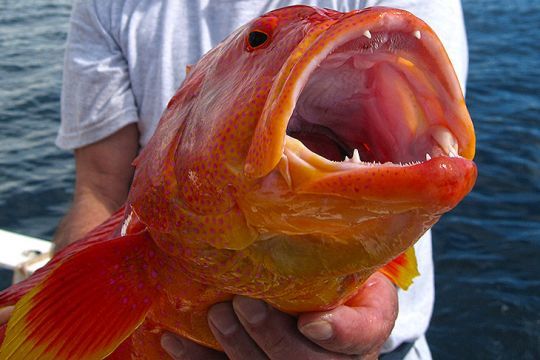
A leader of at least 4 metres in 0.60 mm fluorocarbon is needed to prevent this grouper from taking refuge in its lair and cutting the line under the tension of the line.
Reproduction
This grouper is externally fertilized, and its eggs and larvae are planktonic. They are hermaphroditic, the female becoming male as she ages.
Size and weight
- Legal minimum catch size: none
- Size at sexual maturity: 47 cm
- Average size: 50 cm
- Maximum height/weight: 80 cm
- World record: 6.82 kg - 71 cm (Nishijima, Japan, 23/08/2016)
Good to know
It's important to note that eating the flesh of these fish can lead to food poisoning known as ciguatera, or more locally in the Pacific as "scratch".

 /
/ 